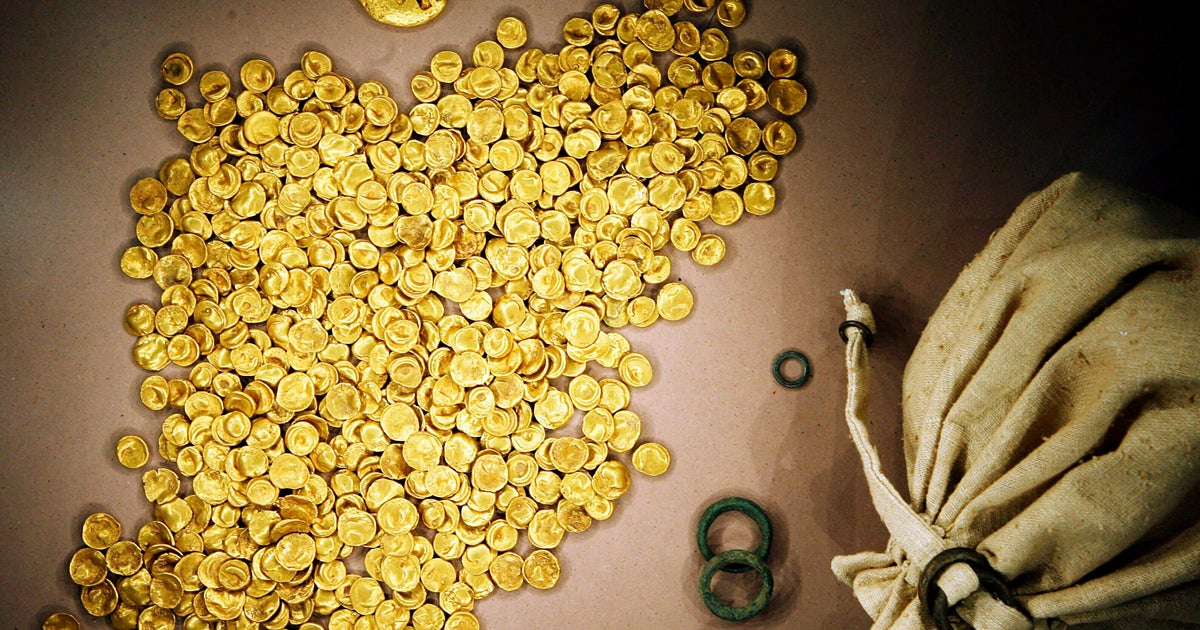
A scuba diver got into trouble underwater (stock photo) (Image: Getty Images)
The wild beauty of Croatia's Adriatic Sea is a paradise for divers, swimmers and fishermen. The island of Šolta, home to a mere 1,700 inhabitants, is dotted with secluded coves including the seldom-visited bay of Poganica.
This bay, complete with a cave, is shrouded in mystery, with tales of pirates and mythical sea creatures causing locals to often steer clear.
Poganica Cave gained notoriety following a chilling incident in September 2002 when a diver lost his life while exploring the underwater cavern.
The man, known only as M. K., was among several divers who took to the water on Tuesday, September 10, following a sailing trip. Tragically, he would never resurface, reports <a href="https://www.mirror.co.uk/news/world-news/divers-horrifying-death-after-stabbing-35609093" rel="Follow" target="_self">the Mirror</a>.
After an evening of FUN, M. K. entered the water around 9.15pm equipped with a 15-litre air cylinder and a dive computer.
As M. K. descended slowly, the entrance to the cave beckoned him at nine metres (29.5 ft). The Bay of Poganica Cave lay before him, its two-metre wide opening gradually engulfing the light into its dark interior.
At a depth of 15 metres, it branched into two labyrinths – one shallow, the other a perilous descent into the abyss.
Unaware of the danger, M. K. opted for the latter, a deep gallery descent that plunged 57-metres down. Unbeknownst to him, the cave wasn't a typical underwater tunnel, but rather lined with fine silt that could cloud the crystal-clear water if disturbed by careless movement.
If the silt was stirred up, the resulting murkiness rendered even powerful torches useless, making it impossible to see one's own hands a foot away from the face.
Time silently turned against the diver as what began as a leisurely dive saw the minutes slip by until nearly half of his tank's air, sufficient for an hour's dive, had been consumed.
This left him with barely enough for a safe ascent, let alone the essential decompression stops needed to prevent the excruciating bends. The darkness combined with impaired judgement due to the evening's drinks proved a deadly mix for M.K. Unaware of the mounting panic that would soon seize those on the surface, the diver pressed on.
According to Cave Diving Accident, at around 10.30pm, over an hour since M. K. entered the water, his friends began to worry. Two divers desperately searched the cave's depths but the vast maze yielded no clues.
By 11.41pm, long after M. K.'s air supply had depleted, their concern escalated significantly.
An emergency call reached the authorities in Split who dispatched two police divers at dawn, equipped and resolved to find the missing diver. The pair plunged into the water in search of M.K., but their mission also ended in disaster when one of the officers disappeared into the deep abyss and drowned.
The other officer managed to reach the surface, breaking the water gasping for breath.
Motivated by a solemn determination, a team of divers ventured back into the underwater maze where they found the body of the missing police diver at approximately 24 metres.
They pressed on to the depth of 54 metres where they discovered M. K., still clad in his diving gear but with unsettling details painting a bleak picture.
His regulator was torn from his mouth, his mask discarded and most alarmingly, a knife was embedded in his chest. The police initially treated the situation as a potential crime scene, considering homicide as a possible cause of death.
A comprehensive investigation ensued, with every piece of the diver's equipment subjected to forensic examination. Two crew members were taken into custody as authorities sought the truth, while others present during M.K. 's ill-fated dive were prevented from leaving the country until the conclusion of the investigation.
M. K.'s dive computers yielded a wealth of data from a history of 37 previous dives. This valuable information offered insight into M.K.'s diving experience, potentially revealing his comfort level and expertise.
The post-mortem results disclosed an 11-centimetre stab wound that had penetrated his chest, piercing his aorta. The presence of water in his lungs confirmed the grim reality - he had drowned, succumbing within minutes of the attack.
The blood alcohol level added another layer of complexity. While it exceeded the legal driving limit, it wasn't necessarily incapacitating.
Investigators dismissed several potential scenarios, including the possibility of murder on the surface, a premeditated underwater killing, or an ear injury.
Ultimately, the police concluded that the cause of death was suicide. The forensic team suggested that the diver, finding himself in an extremely perilous situation, may have viewed self-infliction as a preferable and logical choice due to the fear of a prolonged, painful death by drowning.
The tragic death of M. K., along with the rescue diver, sadly underscores the risks associated with scuba diving and the challenging conditions within the Poganica Bay Cave.
Invalid email
We use your sign-up to provide content in ways you've consented to and to improve our understanding of you. This may include adverts from us and 3rd parties based on our understanding. You can unsubscribe at any time. Read our Privacy Policy

 13 hours ago
1
13 hours ago
1








![35-year-old American moved to Chengdu and lives on $30,000 a year: '[It's] poverty in America, but in China I'm living large'](https://image.cnbcfm.com/api/v1/image/108167583-1751548516689-chinacelia1.jpg?v=1751549197&w=1920&h=1080)

 English (US) ·
English (US) ·